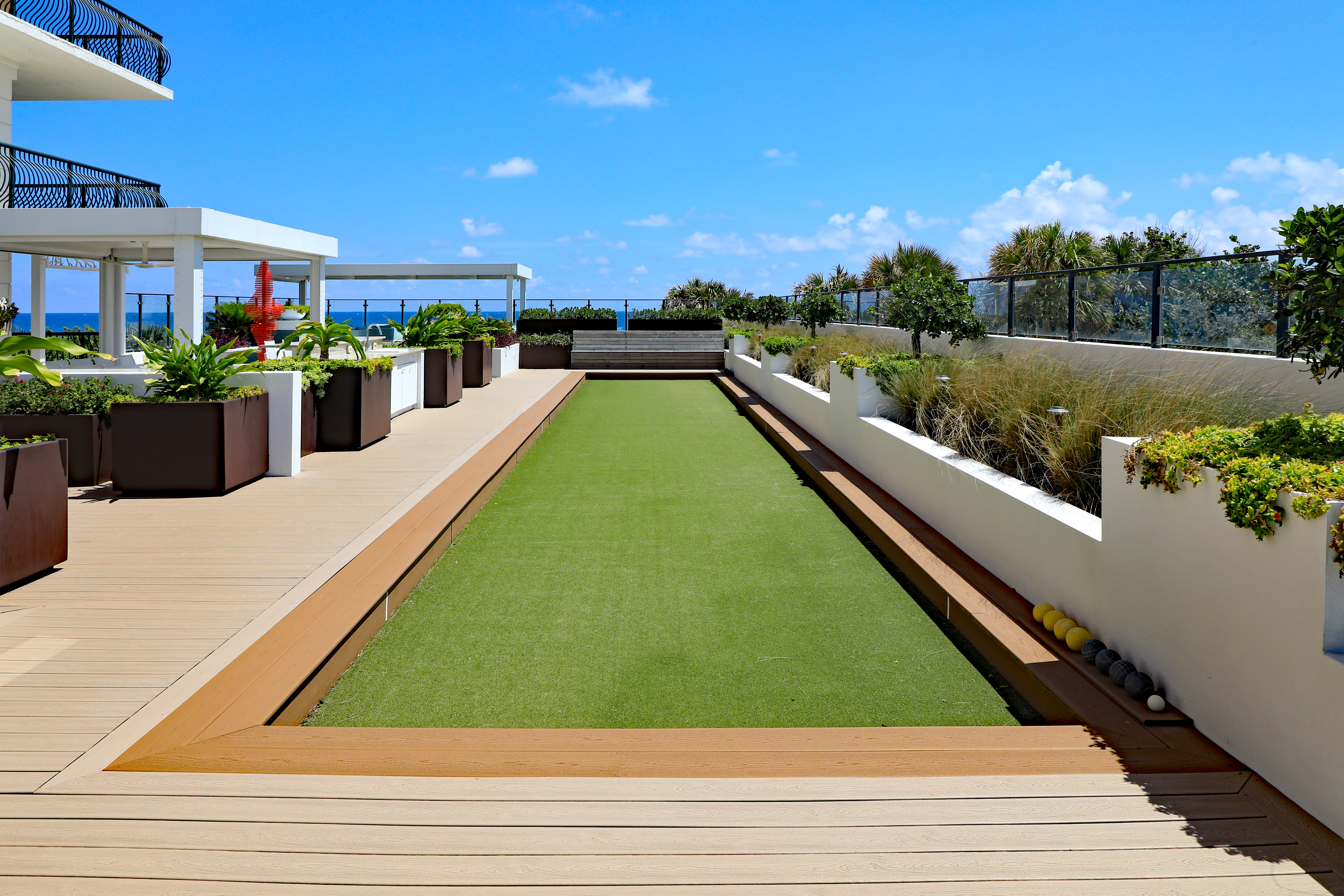The Turf Advantage: Using Synthetic Grass to Solve Slope and Erosion Issues
Homes in Dalton, GA, and the surrounding Appalachian foothills often feature beautiful, challenging terrain including slopes, hillsides, and steep banks. Maintaining natural grass on these areas is a homeowner’s nightmare. Mowing is dangerous, watering is inefficient (leading to runoff), and establishing thick, erosion-resistant growth is nearly impossible. This often results in patchy, unattractive slopes and significant soil degradation, creating an ongoing landscaping headache and potentially leading to costly structural issues over time. The constant battle against washout, particularly during the intense rainstorms common in the Southeast, can leave homeowners feeling frustrated and defeated.
The solution is synthetic grass. Utilizing artificial turf on challenging slopes is one of the most effective and aesthetically pleasing ways to achieve excellent erosion control, eliminate dangerous maintenance, and maintain a vibrant, green landscape year-round. It is a permanent solution that requires a single installation to solve a perennial problem.

Why Natural Grass Fails on Slopes
The problems with natural grass on an incline are compounded by the Southern climate and the physics of water flow.
- Water Runoff: When watering a slope, most of the water runs off before it can penetrate the soil and reach the roots. This leads to dry, weak grass and severe water wastage, making it difficult for the natural turf to ever establish the dense root system needed for stability. The rapid runoff only exacerbates the erosion problem by washing away more topsoil.
- Erosion Risk: Without deep, interlocking root systems, the exposed topsoil is easily mobilized and carried away during heavy Southern rainstorms. This leads to rills and gullies, structural instability in the hillside, damaging landscaping below, and requiring costly remediation with retaining walls or terracing.
- Safety Hazard: Mowing a steep slope is physically demanding and one of the most common causes of lawn care injuries. Professional landscapers often charge a premium for this difficult task, and many homeowners avoid it entirely, leading to overgrown and unsightly banks. The constant cycle of frustration and ineffective maintenance is simply not worth the effort.
How Synthetic Grass Provides Superior Erosion Control
Synthetic grass acts as a dense, permanent barrier that protects the soil and manages water flow far better than natural turf. The system works through a layered approach:
- Soil Stabilization: Once installed, the heavy, durable synthetic turf backing, when anchored and reinforced with a proper sub-base, creates a continuous, structural blanket that locks the topsoil in place. It prevents soil particles from being mobilized by wind or rain, providing instant, effective erosion mitigation.
- Controlled Drainage: High-quality artificial turf features a specialized backing designed for drainage. Water filters down slowly and evenly through the turf and its compacted rock base (typically crushed aggregate) rather than running directly over the surface. This controlled percolation minimizes the erosive force of the rainwater, allowing the water to be absorbed or diverted safely below the surface.
- Aesthetic Continuity: The installation provides a flawlessly green look from the top of the slope to the bottom, achieving perfect uniformity regardless of sun exposure or soil quality. This instantly upgrades curb appeal and eliminates the unsightly, patchy, and brown spots typical of hill maintenance, creating a professional, polished landscape.
Installation Considerations for Slopes
Installing synthetic turf on an incline requires specialized knowledge and precise techniques to ensure long-term stability and guard against the forces of gravity and water.
- Secure Sub-base: The preparation of the sub-base (usually layers of compacted angular stone) is even more critical on a slope. It must be laid in specific lifts and heavily compacted to maintain the desired grade and shape of the hill while preventing future shifting or settling.
- Anchor and Seam Placement: Installers must use more frequent and often longer anchor pins or spikes to secure the turf pieces, preventing slippage or creep down the hill over time. Seams must be meticulously glued and placed strategically to prevent them from becoming vulnerable points for runoff or structural stress.
By choosing synthetic grass for your challenging hillsides, you gain an immediate, permanent solution to slope erosion and the dangerous, costly maintenance of natural grass. A professional turf installation creates a resilient, stable surface that manages water runoff and keeps your landscape beautifully green without fail. At Sports Turf Warehouse, our commitment to excellence extends to every product we offer, ensuring you receive top-notch quality and reliability for all your turf needs. Contact us or visit our showroom in Dalton, GA, today to see how turf can stabilize your toughest terrain.
